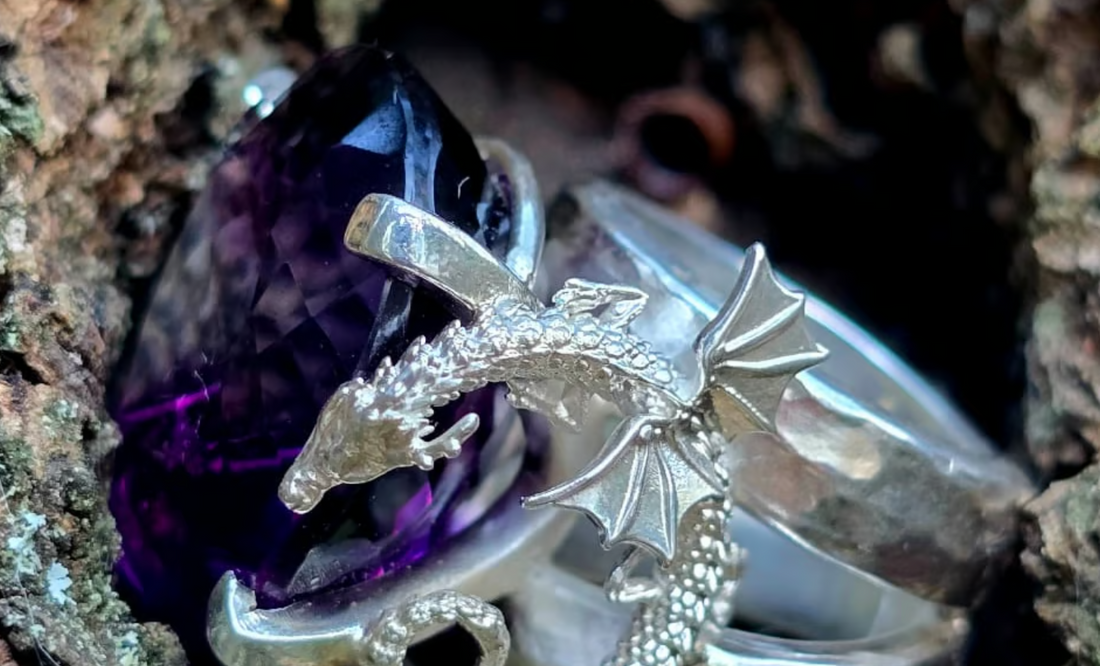
Dragons and Stones
Share
Welcome to the first blog of August!
In this blog we will talk about something very special: dragons. Mythical and intimidating beings, full of mystery and wisdom. Today they are known for “House of the Dragon,” based on the books by George RR Martin, but dragons have existed long before these books and have been a human fascination throughout history and in different cultures. But I am getting ahead of myself.
First, I'll tell you about the dragons in “House of the Dragon.” In this powerful series, dragons are the center of everything, of power and wisdom. They have so many personalities and attitudes that they really seem like living beings, aware of who they choose as their rider. They are usually seen as beings of war and destruction, but they are much more than that. They are loyal and protective, intelligent and they feel for the people of their land. Their individual bonds with their riders are beautiful and show that within so much power and strength there is a heart capable of much love.
As you know, there are many different dragons, but the one I identify with the most is Silverwing, an imposing and powerful dragon with her beautiful silver color. But inside that fearsome body lives a much gentler and perhaps even loving being.
I'll leave it there so as not to spoil the details of the series in case you haven't seen it yet. But I have a lot more to tell you about the dragons of the world.
To begin with, Chinese dragons are seen as protectors of their lands. Connected to water, they can bring rain, prosperity and abundance. They are the center of a rich and abundant culture in many ways. They are powerful and incredible beings that rule the skies.
Next are the dragons of the Nordic countries, which are best known as greedy and evil, with theories that they may represent the devil. Perhaps the most well-known type of dragon and the one that most inspires modern-day fiction, such as the dragon from “The Hobbit” that lives in a mountain full of stolen gold.
There are also dragons in the Americas, such as Quetzalcoatl, whose name means “feathered serpent.” He is said to transform into this mythical creature. He was a creation god associated with the sun, the wind, reading and learning, agriculture, death and resurrection, the morning and evening star, and many more things.
In Australian Aboriginal legends, many of their gods are seen as rainbow dragons. They are creation gods with rainbow scales, beings of the water and sky like the Chinese dragons. In different stories, they can bring good or bad fortune depending on their moods and the circumstances.
The word dragon comes from the Greek word “Drakōn.” Even the Greeks had myths about dragons, who guarded objects that could grant great power. For example, the Golden Fleece, a blanket that had powers of abundance and regeneration. There was also a dragon that guarded the tree of golden apples of the Queen of the Gods, Hera.
As you can see, dragons are part of our human history. It's easy to see how they inspire and amaze us. That's why I've created a small collection inspired by these very special mythical beings.
I hope it inspires you as much as it has me. Let me know if you like dragons and what your favorite dragon is, from history or fiction, when you come visit me in the shop.
See you soon!
Tatiana Cruz